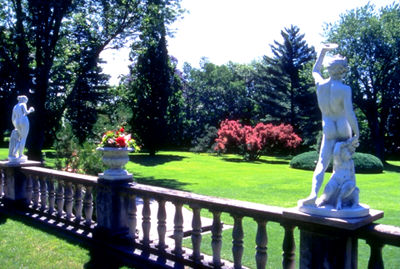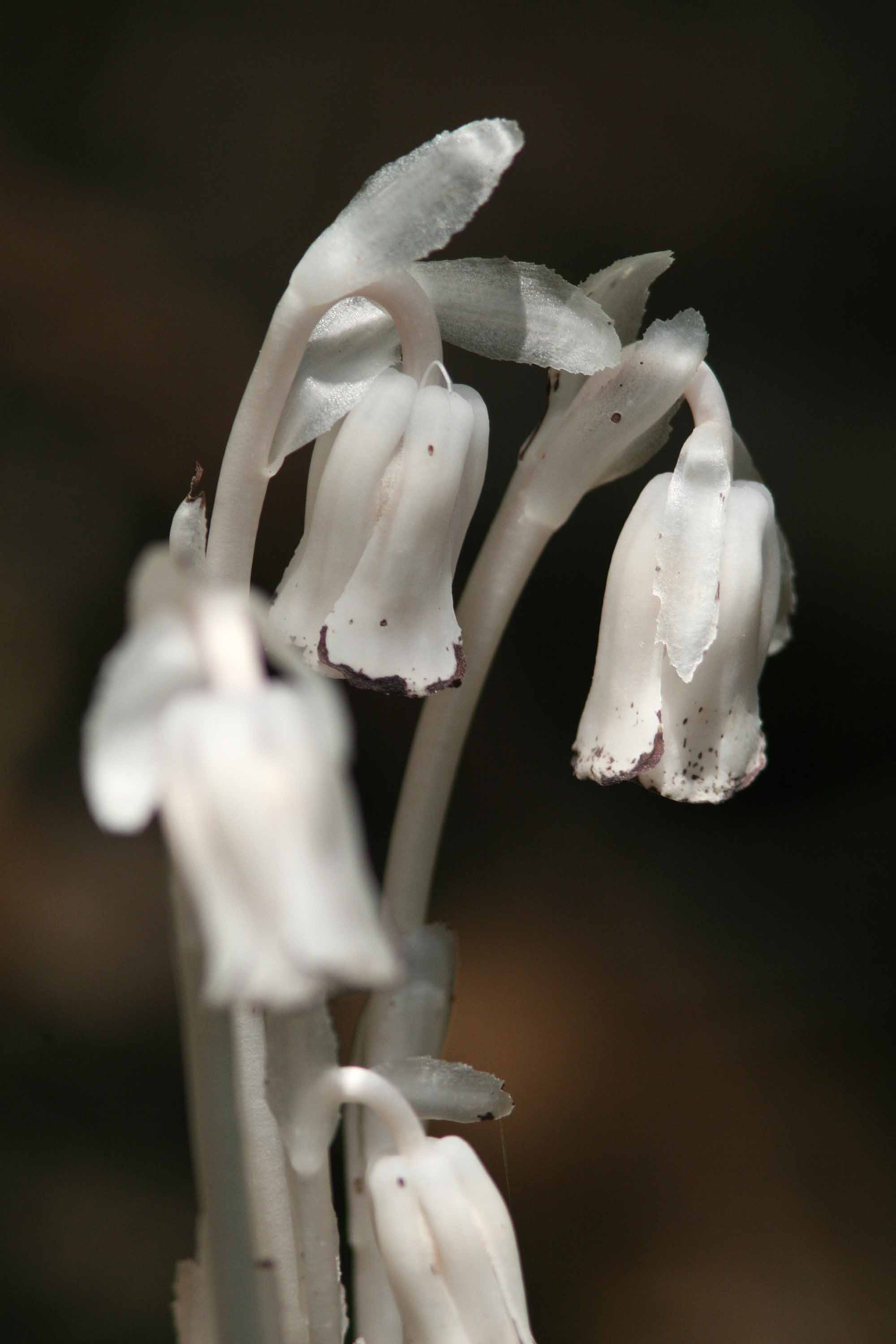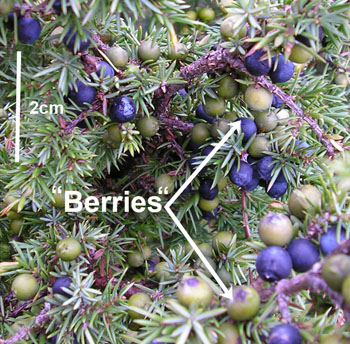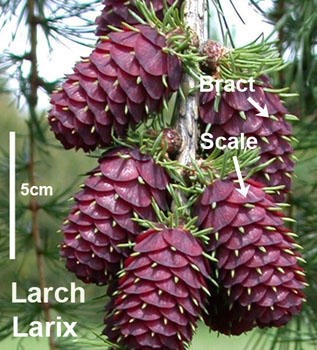Browse "Plants"
-
Article
Historic Gardens
Gardens can be viewed, studied and understood as cultural landscapes. Their aesthetic, horticultural, historic and environmental richness as well as their evocative power excite wonder and delight.
"https://d2ttikhf7xbzbs.cloudfront.net/media/media/762a4957-0a7a-4613-857f-80a5fabbdd7f.jpg" // resources/views/front/categories/view.blade.php
https://d2ttikhf7xbzbs.cloudfront.net/media/media/762a4957-0a7a-4613-857f-80a5fabbdd7f.jpg
-
Article
Holly
Holly, common name for shrub of the holly family Aquifoliaceae. The true hollies belong to genus Ilex, comprising some 400 species worldwide, mostly in Central and South America.
"https://development.thecanadianencyclopedia.ca/images/tce_placeholder.jpg?v=e9dca980c9bdb3aa11e832e7ea94f5d9" // resources/views/front/categories/view.blade.php
https://development.thecanadianencyclopedia.ca/images/tce_placeholder.jpg?v=e9dca980c9bdb3aa11e832e7ea94f5d9
-
Article
Honeysuckle
Honeysuckle, common name for plants, usually woodland shrubs, of genus Lonicera, family Caprifoliaceae.
"https://development.thecanadianencyclopedia.ca/images/tce_placeholder.jpg?v=e9dca980c9bdb3aa11e832e7ea94f5d9" // resources/views/front/categories/view.blade.php
https://development.thecanadianencyclopedia.ca/images/tce_placeholder.jpg?v=e9dca980c9bdb3aa11e832e7ea94f5d9
-
Article
Horsetail
Horsetail, perennial plant of genus Equisetum, the only living representative of the very ancient and primitive class Sphenopsida.
"https://d2ttikhf7xbzbs.cloudfront.net/media/media/10c2d58a-4534-4637-8be5-32653d29863e.jpg" // resources/views/front/categories/view.blade.php
https://d2ttikhf7xbzbs.cloudfront.net/media/media/10c2d58a-4534-4637-8be5-32653d29863e.jpg
-
Macleans
Hurricane Devastates Halifax's Trees
JOHN SIMMONS steps over the trunk of a splintered spruce, lets out a weary sigh and points off to the left, over the twisted, mangled corpses of pines and birches lining Sailors' Memorial Way in HALIFAX'S Point Pleasant Park. "There's one we can save," says Halifax's urban forest supervisor.This article was originally published in Maclean's Magazine on October 27, 2003
"https://development.thecanadianencyclopedia.ca/images/tce_placeholder.jpg?v=e9dca980c9bdb3aa11e832e7ea94f5d9" // resources/views/front/categories/view.blade.php
https://development.thecanadianencyclopedia.ca/images/tce_placeholder.jpg?v=e9dca980c9bdb3aa11e832e7ea94f5d9
-
Article
Ghost Pipe
Ghost Pipe (Monotropa uniflora), a perennial plant, is the only native species of genus Monotropa found in Canada.
"https://d2ttikhf7xbzbs.cloudfront.net/media/media/1c668a5b-8e14-48a5-b3f8-97d3ba77fa95.jpg" // resources/views/front/categories/view.blade.php
https://d2ttikhf7xbzbs.cloudfront.net/media/media/1c668a5b-8e14-48a5-b3f8-97d3ba77fa95.jpg
-
Article
Irish Moss
Irish moss is a type of seaweed that is commercially harvested in Canada’s Maritime provinces. It is mainly composed of carrageenan, a gelatinous substance. Carrageenan extracted from Irish moss is used as a thickening and gelling agent in foods and other products. It is also used to clarify beverages such as beer.
"https://d2ttikhf7xbzbs.cloudfront.net/media/new_article_images/IrishMoss/Irish_moss.jpg" // resources/views/front/categories/view.blade.php
https://d2ttikhf7xbzbs.cloudfront.net/media/new_article_images/IrishMoss/Irish_moss.jpg
-
Article
Juniper
Junipers are evergreen conifers and comprise the genus Juniperus of the cypress family (Cupressaceae).
"https://d2ttikhf7xbzbs.cloudfront.net/media/media/7bbff51e-00db-4a27-a593-6e46f7362107.jpg" // resources/views/front/categories/view.blade.php
https://d2ttikhf7xbzbs.cloudfront.net/media/media/7bbff51e-00db-4a27-a593-6e46f7362107.jpg
-
Article
Lady's Slipper
Lady's Slipper, common name for some members of the orchid family in which modified petals (labella) fold inward to make the toe of the "slipper."
"https://development.thecanadianencyclopedia.ca/images/tce_placeholder.jpg?v=e9dca980c9bdb3aa11e832e7ea94f5d9" // resources/views/front/categories/view.blade.php
https://development.thecanadianencyclopedia.ca/images/tce_placeholder.jpg?v=e9dca980c9bdb3aa11e832e7ea94f5d9
-
Article
Larch
Larch is the Latin name for conifers of genus Larix of the pine family (Pinaceae). All 10-12 species of Larix grow in the Northern Hemisphere; 3 are in Canada.
"https://d2ttikhf7xbzbs.cloudfront.net/media/media/d2ffc2d7-27c2-48f4-a5c3-3adc13de3065.jpg" // resources/views/front/categories/view.blade.php
https://d2ttikhf7xbzbs.cloudfront.net/media/media/d2ffc2d7-27c2-48f4-a5c3-3adc13de3065.jpg
-
Article
Legume
Leguminosae, or Fabaceae, is the third-largest family of flowering plants, containing up to 650 genera and 18,000 species. Over 4,000 species are native to North America, most of which are members of the bean subfamily. They occur as scattered, secondary components of native vegetation. Over 2,000 species of milk vetch (genus Astragalus) alone occur worldwide, more than 40 in Canada. Other common native legumes are lupines (Lupinus), vetches (Vicia), locoweed (Oxytropis) and vetchling (Lathyrus). Most legumes, in association with strains of the bacterium Rhizobium,"fix" part of their nitrogen requirement and improve soils as green manure. Legumes are also a staple in the diets of both animals and humans.
"https://d2ttikhf7xbzbs.cloudfront.net/legume/alfalfa.jpg" // resources/views/front/categories/view.blade.php
https://d2ttikhf7xbzbs.cloudfront.net/legume/alfalfa.jpg
-
Article
Lilies
Lilies (1996). The effortless shifts between the 2 settings - a Montréal prison in 1952 and a rural Québec town in 1912 - produce a magical, dreamlike atmosphere, one that inspires viewers to believe that anything can happen.
"https://development.thecanadianencyclopedia.ca/images/tce_placeholder.jpg?v=e9dca980c9bdb3aa11e832e7ea94f5d9" // resources/views/front/categories/view.blade.php
https://development.thecanadianencyclopedia.ca/images/tce_placeholder.jpg?v=e9dca980c9bdb3aa11e832e7ea94f5d9
-
"https://d2ttikhf7xbzbs.cloudfront.net/media/media/28b56454-57f9-45a1-a482-c95373db8ff7.jpg" // resources/views/front/categories/view.blade.php
https://d2ttikhf7xbzbs.cloudfront.net/media/media/28b56454-57f9-45a1-a482-c95373db8ff7.jpg
-
Article
Liverwort
Liverwort, small terrestrial plant belonging, with mosses and hornworts, to division Bryophyta.
"https://d2ttikhf7xbzbs.cloudfront.net/media/media/687f71e6-ded3-41e0-82fa-ffe7b94cf180.jpg" // resources/views/front/categories/view.blade.php
https://d2ttikhf7xbzbs.cloudfront.net/media/media/687f71e6-ded3-41e0-82fa-ffe7b94cf180.jpg
-
Article
Lobstick
Lobstick (or lopstick) is a tall, conspicuously situated spruce or pine tree with all but its topmost branches stripped or lopped off. This was done by northern Aboriginal people, and later by voyageurs, to turn trees into talismans, landmarks or memorials.
"https://development.thecanadianencyclopedia.ca/images/tce_placeholder.jpg?v=e9dca980c9bdb3aa11e832e7ea94f5d9" // resources/views/front/categories/view.blade.php
https://development.thecanadianencyclopedia.ca/images/tce_placeholder.jpg?v=e9dca980c9bdb3aa11e832e7ea94f5d9
